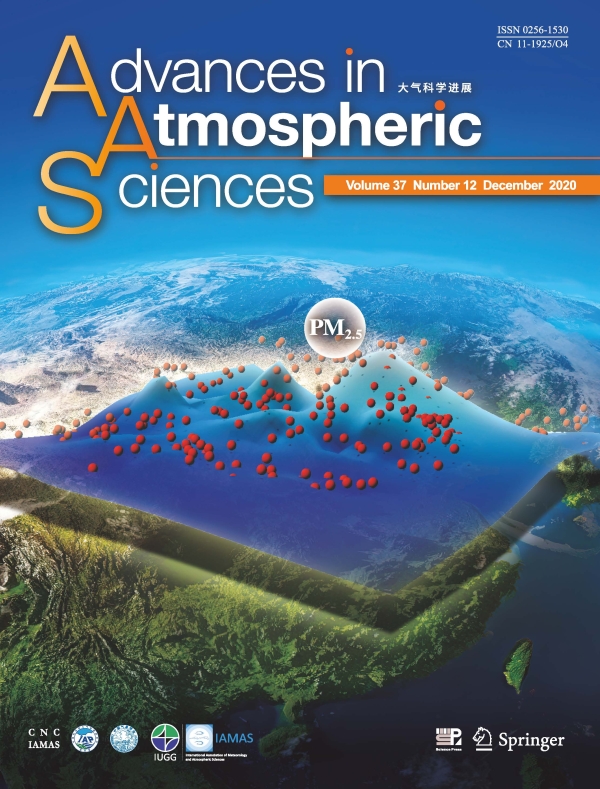For the first time, researchers have compared air pollution in urban and suburban areas across China. Using data from the China National Environmental Monitoring Center (CNEMC), the researchers found that one air pollutant, called particulate matter (PM2.5), may be overestimated in winter, while another pollutant, called ozone (O3), is significantly underestimated.
Their results were published on Oct 16 in Advances in Atmospheric Sciences (AAS).
"Since the urban region accounts for only 2% of the whole country's area, the urban-dominant air quality data from the CNEMC network may overestimate winter PM2.5 but underestimate winter O3 over the vast domain of China," said Prof. YUE Xu from Nanjing University of Information Science & Technology, first author of the study. "The study suggests that the CNEMC monitoring data should be used with caution for evaluating chemical models and assessing ecosystem health, which require more data outside urban areas."
PM2.5 and O3 are both respiratory hazards and can be detrimental to human and animal health, as well as ecosystems.
"The differences between urban and non-urban areas, such as the intensity of human and plant activities, can lead to differences of O3 and PM2.5 concentrations between land types," YUE said. "Our study tries to answer the question: How different is the air pollution between urban and non-urban areas in China?"
The researchers examined air quality data from 1,171 urban and 110 suburban sites built by the CNEMC during an observational period from 2015 to 2018. "The pattern whereby the non-urban O3 concentrations and the urban PM2.5 level are higher dominates across time and space," YUE said. "Such contrast is significant in winter but insignificant in summer."
Since most of the data is available from urban sites, it does not likely apply uniformly across the rest of the country, according to YUE. This can be problematic when it comes to designing efforts to improve pollution and conserve plant life in suburban or rural areas.
The graph on the cover of the latest issue of AAS depicts the differences in wintertime PM2.5 concentrations between urban-dominated sites (the dots) and nonurban-dominated regions (the curved surface) in China. (Image by AAS)
"We suggest that more nonurban sites are necessary to build for better representation of air pollution level over the vast domain in China," YUE said. Ultimately, the researchers plan to improve their analysis model to achieve the most accurate estimation of air pollution impacts on ecosystem functions in China.
This study is in collaboration with the Climate Change Research Center in the Institute of Atmospheric Physics of the Chinese Academy of Sciences, China National Environmental Monitoring Center, and the School of Atmospheric Sciences at Chengdu University of Information and Technology.
It was jointly supported by the National Key Research and Development Program of China and the National Natural Science Foundation of China.





